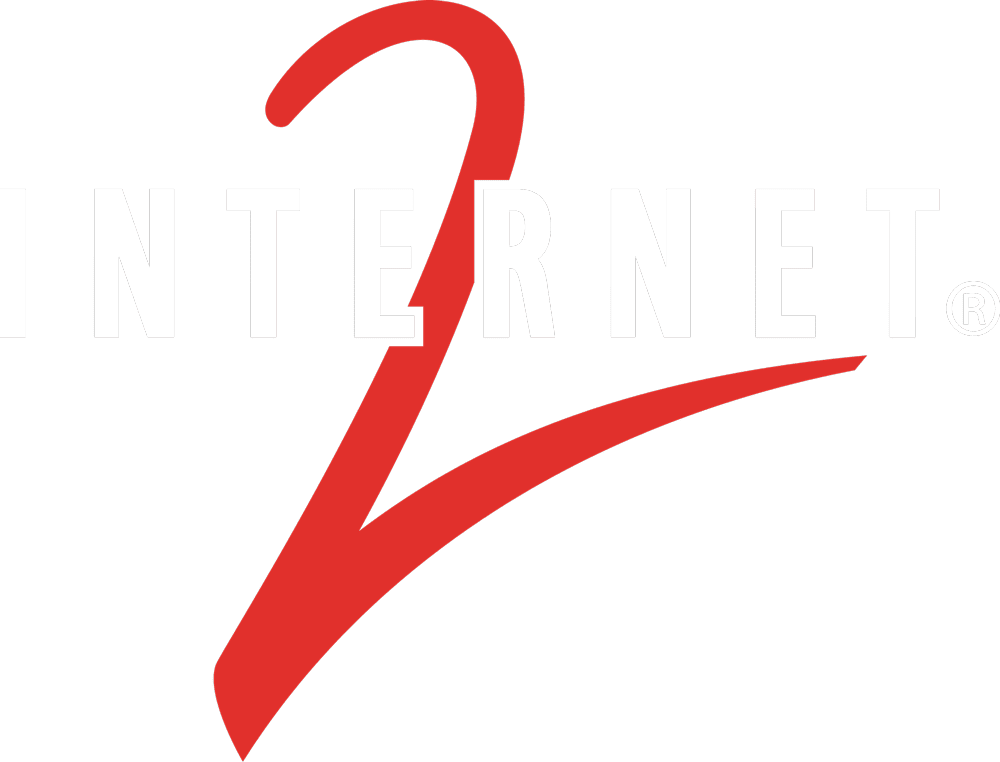24
June
2022
Internet2/CNI Cloud Storage Briefing Papers Now Available
Estimated reading time: 3 minutes
By Oren Sreebny, Senior Cloud Consultant, Internet2
In fall 2021, Internet2 and the Coalition for Networked Information (CNI) co-sponsored two Executive Roundtables discussing issues around cloud storage in the research and education community. In preparation for these conversations, I prepared two briefing papers to provide an overview of the topics covered during the roundtables. We are making those briefing papers available as a community resource in the hopes that institutions find them useful in trying to understand and cope with the changing landscape of cloud storage.
The first of the roundtables, Managing the Video Avalanche: Instructional Materials and Institutional Records (September 28, 2021), focused on topics arising from the growth in demand for video storage coupled with the sudden shift to remote operations during the pandemic. The briefing document summarizes the key points Dave Long and Mike Espey from the University of Iowa discussed in outlining the university’s approach to applying retention policies to all video recordings stored in its Panopto video system.
The second Roundtable, The End of Infinite Storage: Practical, Behavioral, and Policy Implications (October 19, 2021), centered on issues raised by the shift of major commercial providers away from flat fee pricing for unlimited storage in their online collaboration services. The briefing document provides an overview of the challenges facing research and education institutions as they take a new look at managing the storage in ways that make data accessible and its preservation efficient and affordable.
Both briefing papers may serve as helpful resources as institutions continue or jump start conversations on their campuses to address key questions about cloud storage:
| Questions for Discussion |
| Managing the Video Avalanche | The End of Infinite Storage |
| Do you have good data on current retention patterns and what they are costing? Who sees this data? What sorts of reports are you generating, and what tools are you using to do so? | As financial consequences for retaining digital objects become more explicit, is there a shift towards more full life-cycle planning for classes of digital objects, including perhaps stewardship (and financial responsibility) transitions at various points? For what classes of objects is this happening, and how? What organizations are involved? |
| How are you thinking about student privacy and permission issues? What are you doing to seek student input, both about these issues and about the value of having video materials available for asynchronous use and later revisiting and reviewing? | What tools are being used to provide a picture of storage use and access patterns? How granular is the reporting? How is it distributed? Who is responsible for choosing or developing these tools and reports? |
| What sorts of choices are you making about storage cost/video quality tradeoffs? | What financial models are you using for storage, and for who (faculty, students, staff, etc.)? Are you providing a basic tier of no-charge storage for all? |
| To the extent that decision-making here is faculty driven, how are departments organizing to look at the issues? How much is being left to individual faculty? Is your institution doing anything to track (or encourage) faculty and departmental engagement with these issues? | If you are backing away from very heavy use of commercial cloud service, how easy or difficult are you finding it to migrate away from these services. Are you finding it costly to exercise exit strategies? |
The full reports on the roundtables will be made available on the CNI web site in the coming months. For more information, contact us at netplus@internet2.edu.
ICYMI
In the Media: Internet2 NET+ Cloud Storage Working Group, ‘When Unlimited Hits Its Limits’
It’s About More Than Storage: Tailoring Google Workspace for the Higher Ed Community
